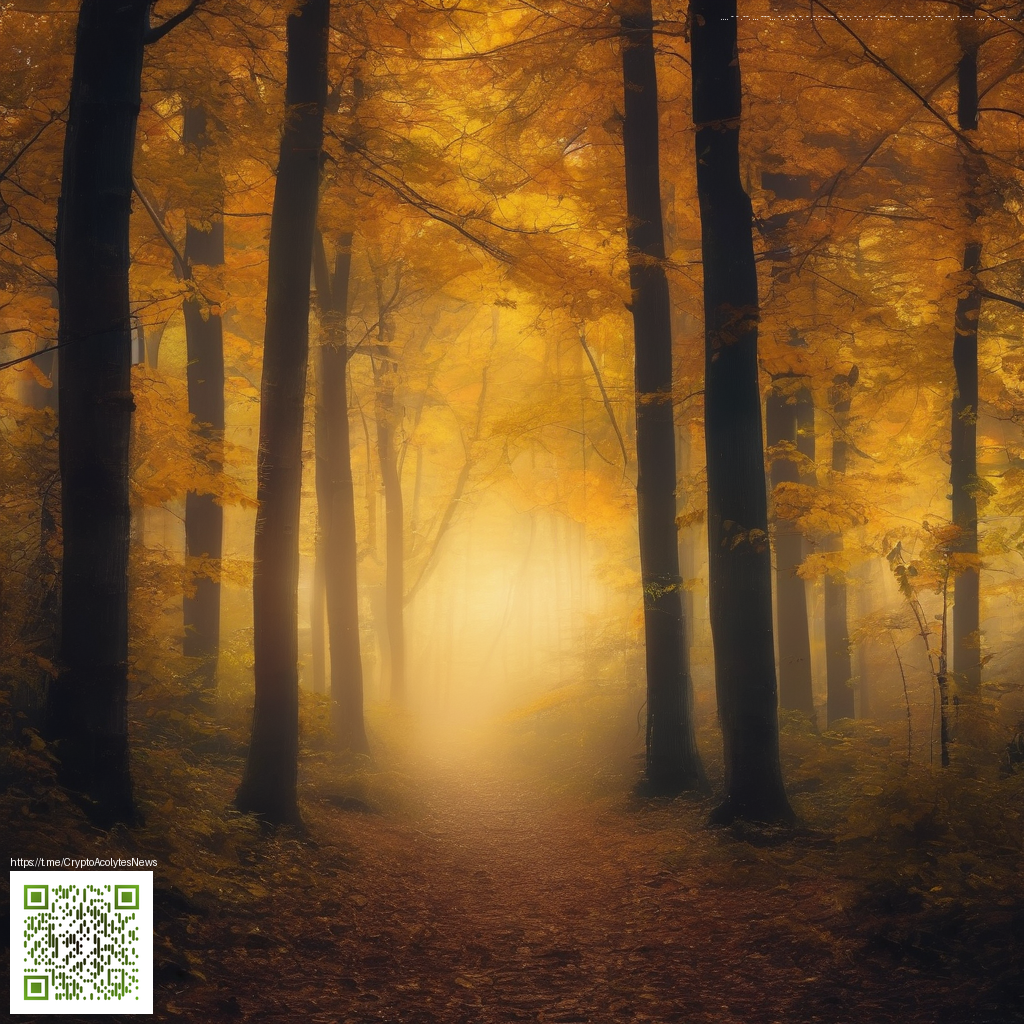
Digital paper backgrounds are a game-changer for Cricut crafters who want quick, high-impact results without compromising on creativity. When you combine bold printables with smart layering and precise cuts, you unlock a world of design possibilities—from greeting cards to wall art and beyond. The key is choosing backgrounds that balance pattern, color, and scale so your cuts read clearly rather than getting lost in busyness.
Getting started with digital paper backgrounds
Begin with a clear plan. Measure the project area, decide whether you’ll print the background at home or use it directly on a cut-out, and select a design that complements your material. A crisp, high-contrast background works wonders on light cardstock, while subtler patterns shine behind vellum overlays or metallic accents. If you’re new to Design Space or similar software, import a few tests and try print then cut workflows to understand how the digital paper will align with your physical pieces.
Practical steps you can follow
- Choose a digital paper background with a size that matches your project’s target area (e.g., 12x12 inches for cards or scrapbook pages).
- Print a test page to confirm color fidelity and alignment before committing to a final piece.
- Print then cut to create precise mats, borders, and accents that frame your cut shapes.
- Experiment with layering: back the background with a solid color, add vellum windows, or top it with translucent vinyl for texture.
- Keep a simple color palette to maintain readability—choose one or two bold hues to anchor the design.
Creative project ideas that showcase digital backgrounds
There are countless ways to bring digital paper into tangible form. Consider these ideas as jumping-off points for your next Cricut session:
- Greeting cards with bold front panels and crisp cut shapes that pop off the background.
- Gift tags featuring die-cut frames and intricate overlays that reveal the pattern beneath.
- Mini wall art prints mounted on foam board with a clear acrylic stand for a modern display.
- Phone-case accents where a carefully sized digital background peeks through a cut-out design, creating a layered, premium look.
“Depth is the secret sauce of digital backgrounds—when you layer patterns with restrained color and a few well-placed cuts, your piece feels crafted, not mass-produced.”
For a bold finish that many crafters find inspiring, consider pairing your digital background with a durable, ready-made phone case from a well-known brand. This Lime Green Abstract Pattern Tough Phone Case by Case-Mate offers a strong visual counterpoint to vibrant papers, making it a compelling example of how digital paper and finished accessories can cooperate for a striking result. You can explore the product here: Lime Green Abstract Pattern Tough Phone Case — Case-Mate.
Techniques to elevate your papers and projects
Enhance the texture and lifelike feel of your pieces with a few smart techniques. Try printing on specialty paper to add subtle dimension, then mount the printed panel with a raised foam adhesive for shadowing. Use layered die cuts to create focal points that don’t overwhelm the background pattern. If you’re working on cards or tags, a small foil accent or a single, contrasting color stroke around the edges can anchor the composition without stealing focus.
Additionally, keep a habit of testing your color balance in the first few minutes of your session. A quick color check helps you avoid a situation where the background’s vibrancy overwhelms text or main images. When in doubt, scale back the pattern a notch—the right balance can elevate a project from “nice” to “wow.”
Inspired by the page you’re exploring
If you’re curious to see more ideas in a similar vein, this article page serves as a deep-dive into how digital backgrounds can transform everyday projects. Reflect on the process, adapt it to your materials, and let the patterns guide the cuts rather than the other way around.